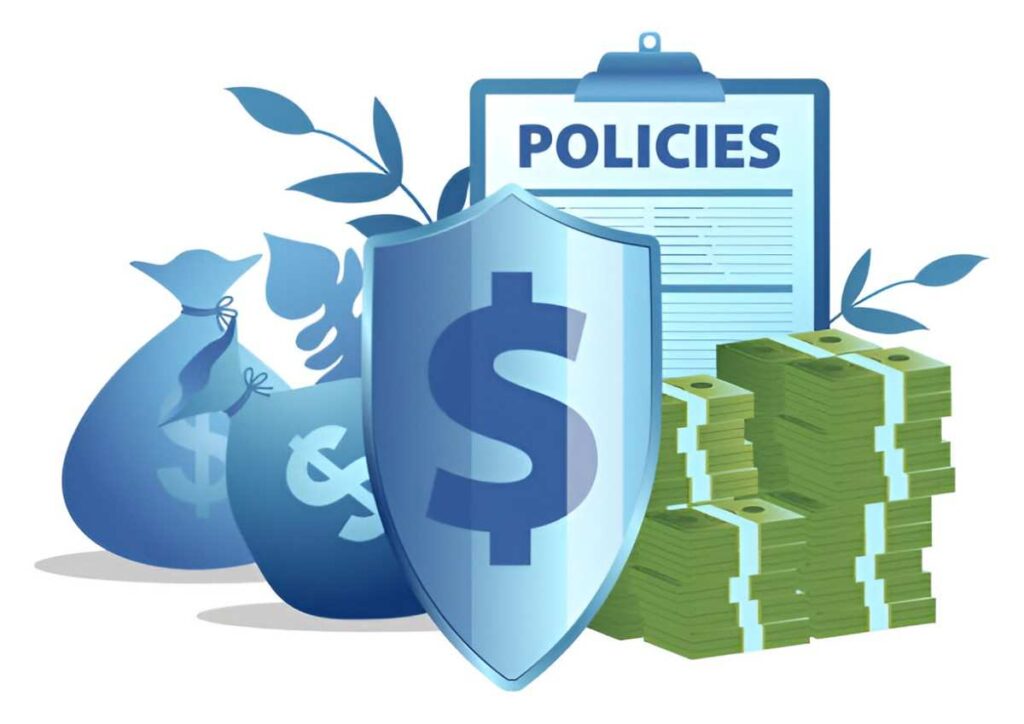Insurance policies often come with a barrage of terms and conditions that can leave even the most financially savvy individuals scratching their heads. One such term that frequently causes confusion is the “unvalued policy.” In this article, I will break down what an unvalued policy is, how it differs from other types of insurance policies, and why it matters to you as a policyholder. I will also provide examples, calculations, and comparisons to help you understand this concept in plain English.
Table of Contents
What Is an Unvalued Policy?
An unvalued policy, also known as an “open policy,” is a type of insurance contract where the value of the insured item is not predetermined at the time the policy is issued. Instead, the value is assessed at the time of the loss. This is in contrast to a “valued policy,” where the value of the insured item is agreed upon upfront and fixed in the policy.
For example, if you insure your home under an unvalued policy, the insurance company will determine its value only if a loss occurs, such as damage from a fire or natural disaster. This approach can be both a blessing and a curse, depending on the circumstances.
How Does an Unvalued Policy Work?
To understand how an unvalued policy works, let’s consider a practical example. Suppose you own a small business that manufactures custom furniture. You decide to insure your inventory under an unvalued policy.
At the time of purchasing the policy, you and the insurer agree on the terms and conditions, but you do not specify the exact value of your inventory. A few months later, a fire destroys a portion of your inventory. At this point, the insurance company will assess the value of the lost inventory based on its market value at the time of the loss.
The payout you receive will depend on factors such as:
- The current market value of the destroyed items.
- The extent of the damage.
- The terms of your policy, including any deductibles or coverage limits.
This process can be summarized with the following formula:
\text{Claim Payout} = \text{Market Value at Time of Loss} - \text{Deductible}For instance, if the market value of the destroyed inventory is \$50,000 and your deductible is \$5,000, your claim payout would be:
\$50,000 - \$5,000 = \$45,000Unvalued Policy vs. Valued Policy
To better understand the nuances of an unvalued policy, it’s helpful to compare it with a valued policy. Here’s a side-by-side comparison:
| Aspect | Unvalued Policy | Valued Policy |
|---|---|---|
| Value Determination | Determined at the time of loss | Agreed upon at the time of policy issuance |
| Flexibility | More flexible, as it adapts to market changes | Less flexible, as the value is fixed |
| Risk of Underinsurance | Higher, as market values can fluctuate | Lower, as the value is predetermined |
| Premiums | Typically lower | Typically higher |
Example: Home Insurance
Let’s say you own a home valued at \$300,000. Under a valued policy, the insurer agrees to cover the home for this amount. If the home is destroyed, you receive \$300,000, regardless of the current market value.
Under an unvalued policy, the insurer assesses the home’s value at the time of loss. If the market value has dropped to \$250,000, you receive \$250,000. Conversely, if the market value has risen to \$350,000, you still receive only the actual cash value, which may not fully cover the replacement cost.
Advantages of an Unvalued Policy
- Lower Premiums: Since the insurer does not commit to a fixed value, the premiums for unvalued policies are generally lower.
- Flexibility: The policy adapts to changes in market value, which can be beneficial for items with fluctuating values, such as inventory or collectibles.
- Simplicity: You don’t need to provide detailed appraisals or valuations upfront, making the policy easier to set up.
Disadvantages of an Unvalued Policy
- Uncertainty: The payout amount is not guaranteed, which can lead to financial uncertainty in the event of a loss.
- Risk of Underinsurance: If the market value of the insured item decreases, you may receive less than expected.
- Disputes: Disagreements can arise between you and the insurer over the assessed value at the time of loss.
When Is an Unvalued Policy Suitable?
An unvalued policy is ideal for situations where the value of the insured item is difficult to determine upfront or is subject to frequent fluctuations. Examples include:
- Business Inventory: The value of inventory can change daily due to market conditions.
- Collectibles: Items like art, antiques, or rare coins may appreciate or depreciate over time.
- Agricultural Products: Crops and livestock have values that vary based on market demand and supply.
Mathematical Considerations
To further illustrate the financial implications of an unvalued policy, let’s delve into some calculations.
Example: Calculating Depreciation
Suppose you insure a piece of machinery under an unvalued policy. The machinery was purchased for \$100,000 and has a useful life of 10 years. After 5 years, the machinery is damaged in an accident.
The insurer assesses the machinery’s value using straight-line depreciation:
\text{Annual Depreciation} = \frac{\text{Cost} - \text{Salvage Value}}{\text{Useful Life}}Assuming a salvage value of \$10,000, the annual depreciation is:
\frac{\$100,000 - \$10,000}{10} = \$9,000 \text{ per year}After 5 years, the depreciated value is:
\$100,000 - (5 \times \$9,000) = \$55,000If the deductible is \$5,000, your claim payout would be:
\$55,000 - \$5,000 = \$50,000Legal and Regulatory Considerations
In the United States, insurance regulations vary by state, but unvalued policies are generally subject to the same legal principles as other types of insurance. Key considerations include:
- Good Faith: Both parties must act in good faith when determining the value at the time of loss.
- Proof of Loss: You must provide adequate documentation to support your claim.
- Appraisal Clauses: Many policies include provisions for third-party appraisals in case of disputes.
Practical Tips for Policyholders
- Understand Your Policy: Read the fine print to know how your insurer determines value at the time of loss.
- Maintain Records: Keep detailed records of your insured items, including purchase receipts, appraisals, and photographs.
- Review Regularly: Periodically review your policy to ensure it meets your current needs.
Conclusion
An unvalued policy offers flexibility and lower premiums but comes with the trade-off of uncertainty in payout amounts. By understanding how these policies work, you can make informed decisions that align with your financial goals and risk tolerance. Whether you’re insuring a home, business inventory, or collectibles, it’s essential to weigh the pros and cons and consult with a trusted insurance professional if needed.





